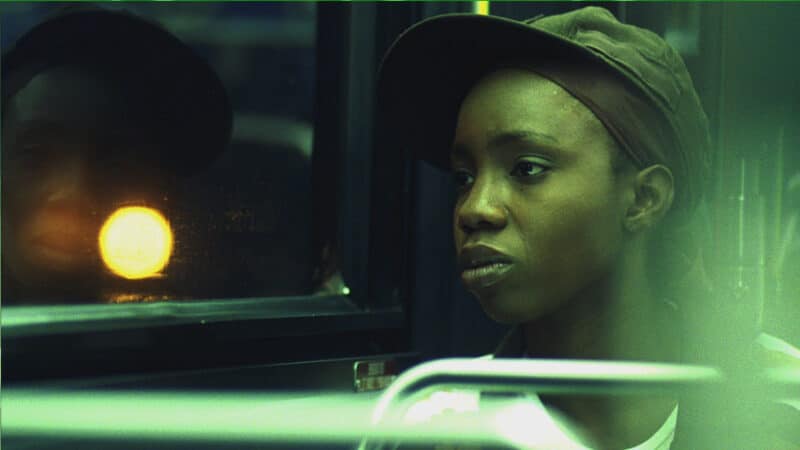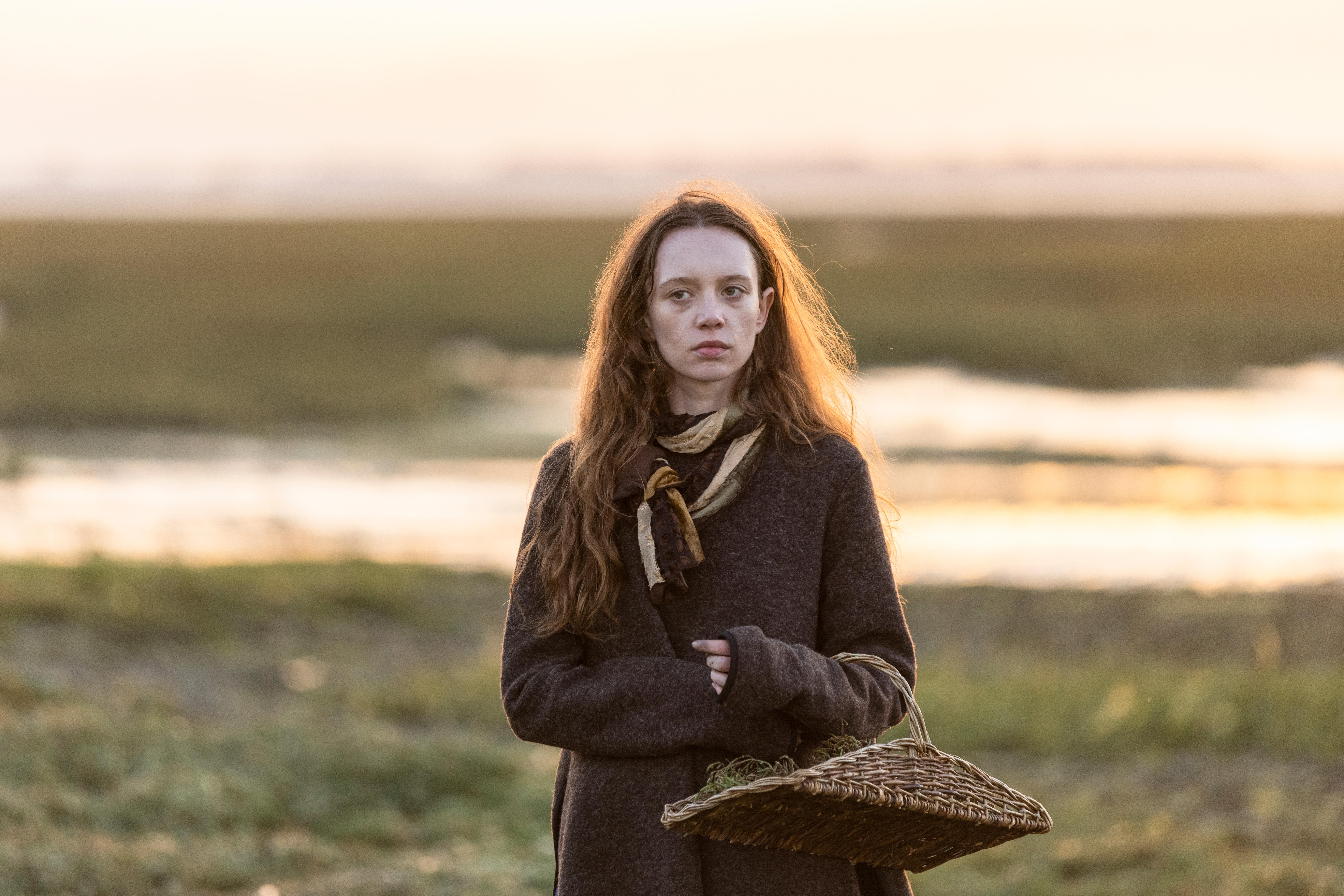More French than impeccable food, fiery politics, or chic clothing; Both Sides of the Blade dives headfirst into an ever-so-stormy love triangle. Delicate performances from our trio strive to pull the story back from its pedestrian premise, and on the whole succeed.
As in 2017’s Let the sunshine Claire Denis collaborates with the writer Christine Angot and actress Juliette Binoche. The film is based on Angot’s 2018 novel Un tournant de la vie. What is produced is a layered depiction of a relationship rocked by the sins of the past. Binoche is Sara, a seemingly happy radio presenter who plunges herself into the choppy waters of love. Glimpsing an old flame François (played by Grégoire Colin) on the street sets her on a path of no return. Sara is living in a grey brutally decorated penthouse overlooking the cabled beauty of Paris with Jean played by Vincent Lindon (the man she left François for 9 years ago). Still with me?
To add to this chance encounter François and Jean go into business together. Pushing Sara and Francois back into contact with predictably messy consequences. Now I am no expert in love (far from it) but working with your partner’s ex-husband seems a bad idea on both sides of the channel. Hilarity ensues…..of course, I am joking its all very sad and churning.
Binoche is irresistible as a woman who risks it all for love. Inconsistent, flawed, and multifaceted she gives a four-course meal of a performance. The blokes vying for her arm on either side are talented actors but lean into the good guy (Jean) vs bad guy (François) a little hard, making the triangle seem too simply sketched. Although the biggest row between Lindon and Binoche is a painful explosion and a masterclass of raw talent.
Denis brings together a detailed tale of emotional turmoil. Set in the height of the pandemic, observing life through screens is a motif that crops up again and again. It is expressed of course through the many masked characters, hiding beneath their paper covers. More complexly though the use of phone calls for pivotal moments, and an aesthetic obsession with reflective surfaces deepens the symbolism. This highlights the psychological distances between the characters and their lack of ability to communicate effectively.
Eric Gautier’s framing of the action creates a world of small rooms and bottled emotions. Micro actions are focused on, the rhythmic drumming of the chest with a fist, a cigarette smoked with tense fingers, a hand run through the hair. Gautier picks out small moments that convey big things with a confidant eye. Sara is constantly peaking around doorways to pull communication out of the more monosyllabic Jean. The battle raged in miniature is nicely contrasted with the scenes of movement in cars and the metro. The city of lights swishing by in a blur.
Stuart Stapes (of the band Tindersticks) haunting vocals crackle in the eponymous soundtrack. His unsettling score cultivates a tense atmosphere of oppression and suspicion that keeps us invested. The sexual honesty is impressive. The depiction of sex as imperfect, personal, and crucial, binding the characters together in their most confusing configurations.
Some interesting subplots involving Jean’s mixed raced son Marcus played by Issa Perica and the racism in French society give depth. But the meat of the action can be concluded by the repeated je t’aime and mon amour’s. One expects this single-mindedness when it comes to French cinema (maybe my heart is a frozen blueberry stuck in my chest?) but the overflowing is exacerbating at times. Despite the cavernous performances, music, and cinematography the flagrant affair is pretty similar to Daisy Buchanan’s or Madame Bovary’s. Although Binoche creates her own complex protagonist Both Sides of the Blade is an interesting addition to the genre, not a game-changing challenger.
Keep to up to speed with the films progress here!



